Agnes Martin (1912–2004) evokes joy, beauty, and perfection with her grid paintings, geometric abstractions, and muted color palette. Born in Canada, Martin immigrated to the U.S. in 1932 and worked for many years as a teacher and painter in New Mexico and New York. At age forty-five she moved to Coenties Slip, Manhattan, where she lived alongside such artists as Lenore Tawney, Ellsworth Kelly, and Robert Indiana. In the late 1950s she began producing square compositions based on grids using subdued colors, loosely ruled graphite lines, and painted bands. Influenced by Taoism, Zen Buddhism, and transcendentalism, she considered her work a reflection of the innocence and beauty of nature. Martin returned to New Mexico in 1968 and, after a hiatus of several years, continued to create abstract paintings, drawings, and prints, moving from grids to pastel stripes and geometric forms. Though Martin identified as an Expressionist, her work also resembles Minimal and Color Field painting. Her intricate compositions reward the viewer who slows down and looks closely.
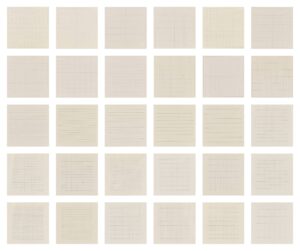 Agnes MartinUntitled (Study for "On a Clear Day")1972
Agnes MartinUntitled (Study for "On a Clear Day")1972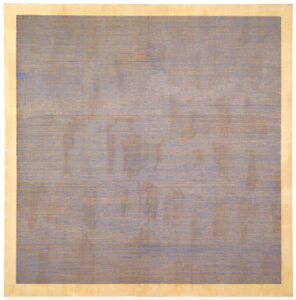 Agnes MartinFalling Blue1963
Agnes MartinFalling Blue1963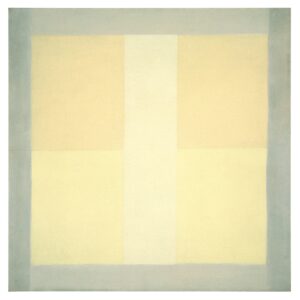 Agnes MartinWheat1957
Agnes MartinWheat1957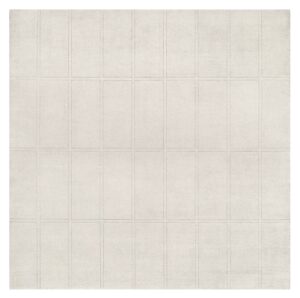 Agnes MartinUntitled #51977
Agnes MartinUntitled #51977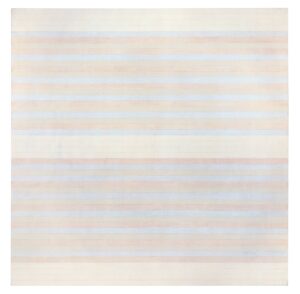 Agnes MartinUntitled #91981
Agnes MartinUntitled #91981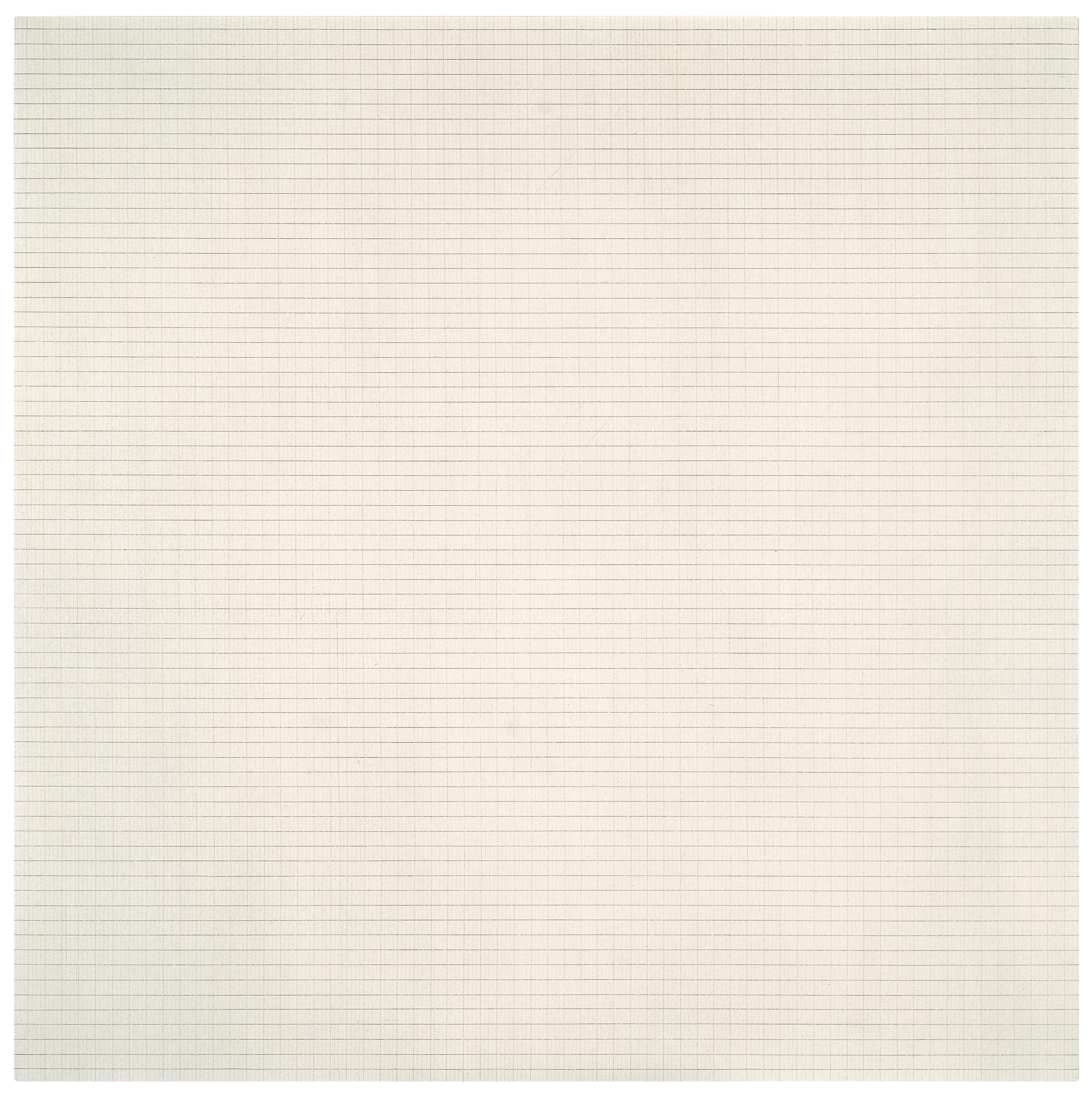 Agnes MartinDrift of Summer1965
Agnes MartinDrift of Summer1965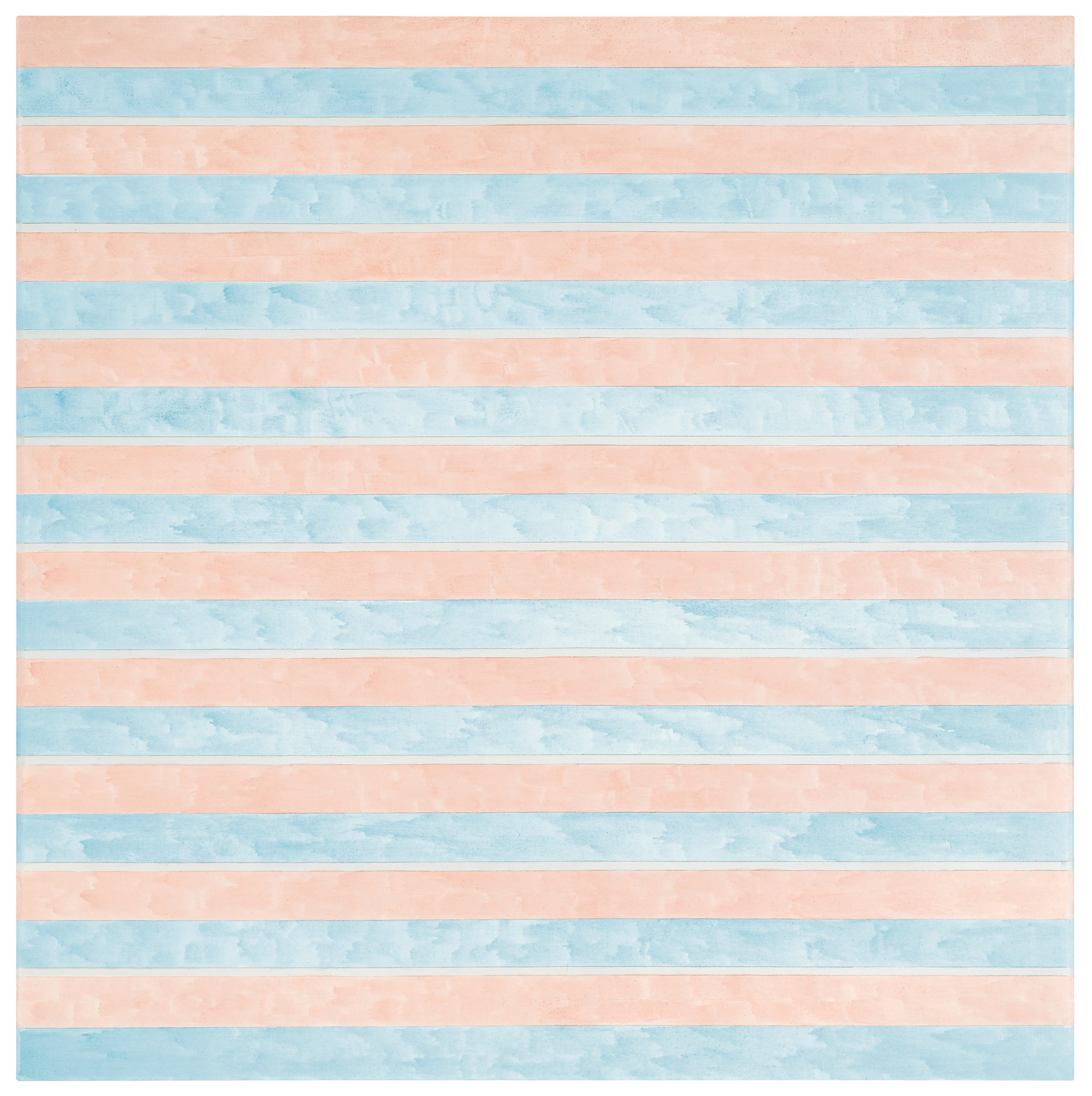 Agnes MartinUntitled #91995
Agnes MartinUntitled #91995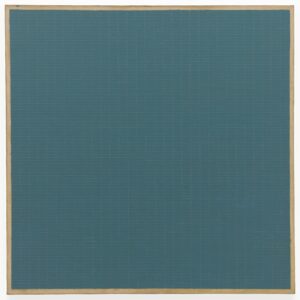 Agnes MartinNight Sea1963
Agnes MartinNight Sea1963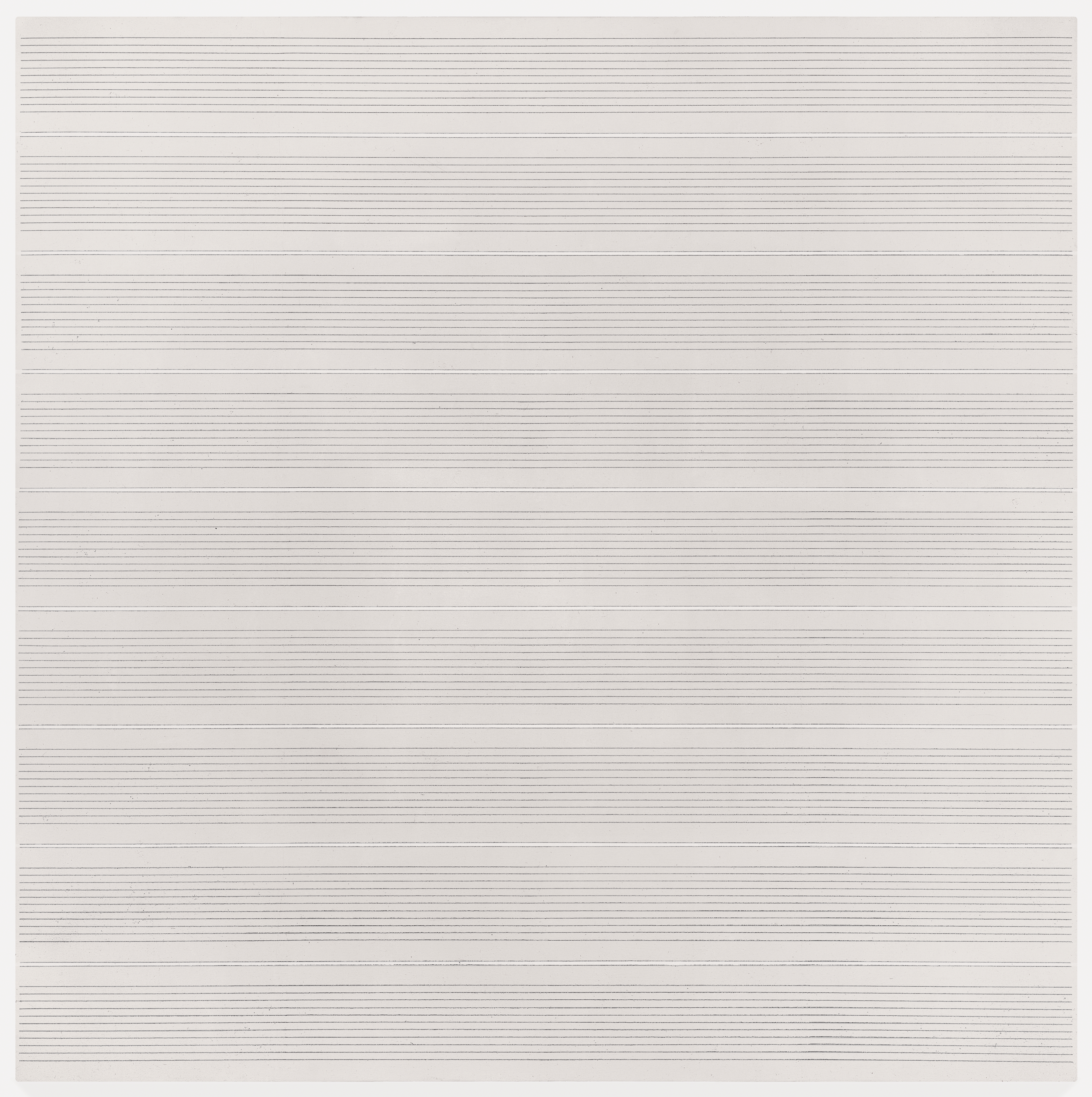 Agnes MartinUntitled #51988
Agnes MartinUntitled #51988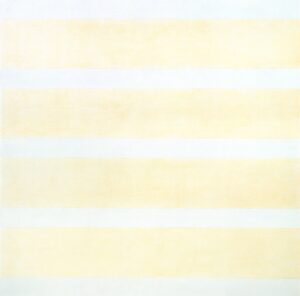 Agnes MartinUntitled #71998
Agnes MartinUntitled #71998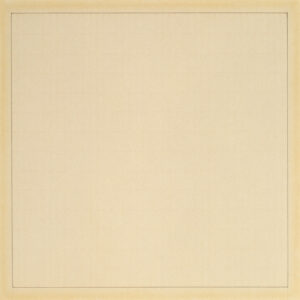 Agnes MartinPetal1964
Agnes MartinPetal1964